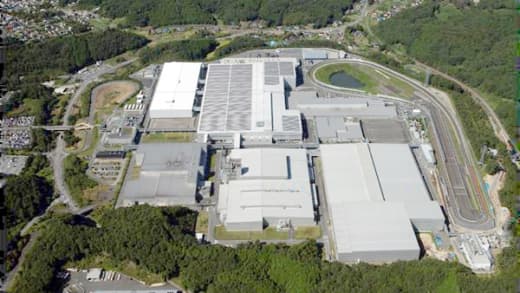Management and Reduction of Chemical Substances
Chemical Substances Tabulated and Managed by Honda’s Independently Developed System

Honda works to ensure the appropriate management and reduction of the chemical substances contained in automotive components from the product design and development stages in order to reduce those materials that impact the environment.
Laws and regulations have been introduced in each country to ensure the appropriate management of chemical substances and the reduction of harmful substances contained in automotive components. These legislations are based on the goal set by the United Nations in 2002 of minimizing the impact of chemical substances on people and the environment by 2020.
The International Material Data System (IMDS*1), a mechanism for collecting information throughout the supply chain on the materials and chemical substances contained in components making up a vehicle, was developed in response to this trend largely by the German Association of the Automotive Industry. Honda is also tabulating and managing chemical substances via its independently developed global management system, called the Management System of Chemical Substances (MoCS*2), which collects information based on IMDS.
Honda promotes the management of chemical substances via MoCS to comply with the Regulation concerning the Registration, Evaluation, Authorization and Restriction of Chemicals (REACH) and other regulations on the use of substances of concern in each country. In addition, Honda is moving ahead with the reduction of four types of heavy metals (lead, mercury, hexavalent chromium and cadmium), in accordance with the European Directive on End-of-Life Vehicles (ELV Directive).
- IMDS: International Material Data System
- MoCS: Management System of Chemical Substance


